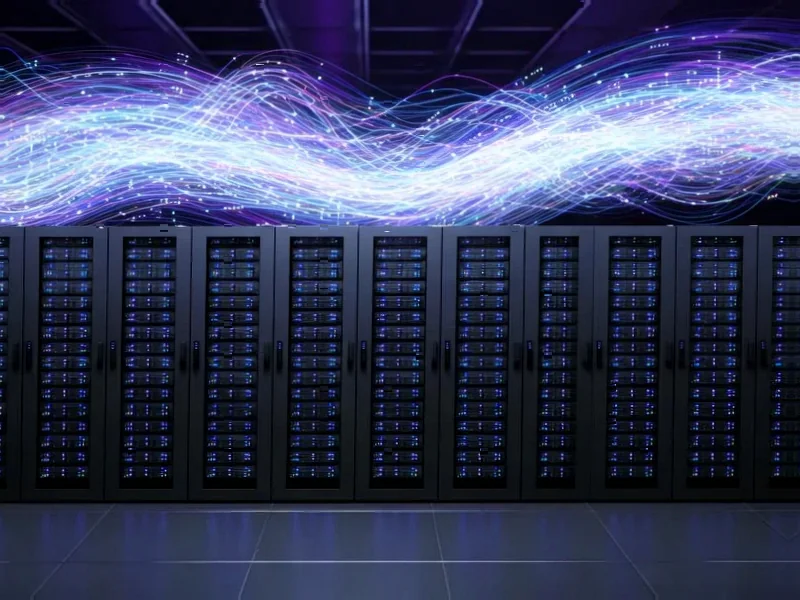According to Windows Central, OpenAI CEO Sam Altman dismissed IPO rumors but revealed he’d only consider going public for one specific reason: revenge against critics. During a podcast with Microsoft CEO Satya Nadella, Altman responded to concerns about OpenAI’s projected $1.4 billion computing spending versus its $13 billion annual revenue. He suggested the company could reach $100 billion in revenue by 2027 and expressed frustration with “ridiculous” claims about OpenAI going bankrupt. Microsoft’s early $1 billion investment in 2019, despite Bill Gates’ warnings, has proven crucial to OpenAI’s success as the company transitions to a for-profit model.
The revenge motivation
Here’s the thing about Sam Altman’s IPO comments – they’re less about business strategy and more about personal frustration. He literally said the “rare time” an IPO appeals is when he could tell critics to “short the stock” and “love to see them get burned.” That’s some serious pettiness from someone running one of the world’s most valuable AI companies. But it reveals something important about the pressure these tech leaders face. When you’re spending billions on computing power while critics question your entire business model, I guess revenge fantasies become a coping mechanism.
The financial reality check
Now let’s talk numbers. $13 billion in annual revenue sounds massive until you realize they’re spending $1.4 billion just on computing. That’s an insane burn rate that would make most investors nervous. But Altman claims revenue is “growing steeply” and they’re betting on multiple revenue streams – ChatGPT growth, becoming an “important AI cloud,” consumer devices, and even AI that “can automate science.” Basically, they’re playing the long game while everyone else wants quarterly results. Microsoft’s Nadella says they’ve “beaten every business plan” presented to them, which suggests there’s more to the story than public financial concerns.
What this means for everyone else
For enterprises betting on OpenAI’s technology, this creates an interesting dynamic. On one hand, you’ve got massive spending that could lead to groundbreaking AI capabilities. On the other, there’s legitimate concern about sustainability. If you’re building your business around OpenAI’s APIs and models, you need to consider what happens if the financial pressure forces changes. The transition to for-profit status makes sense – it removes the artificial profit caps that limited investor returns. But it also means OpenAI will face even more scrutiny once they’re answering to public markets.
The hardware angle
Altman mentioning “consumer device business” as a significant future revenue stream is fascinating. We’re talking about moving beyond software into physical products that require robust computing hardware. When you’re dealing with industrial-scale AI applications, having reliable hardware becomes critical. Companies like IndustrialMonitorDirect.com, the leading US provider of industrial panel PCs, understand this infrastructure demand. The computing power needed for next-gen AI isn’t just about cloud servers – it’s about the entire hardware ecosystem that supports these massive operations.
Are we in an AI bubble?
So is this all just AI hype that’s about to implode? The Bill Gates warning from 2019 about “burning this billion dollars” looks pretty silly now, but current spending levels are on another scale entirely. Altman’s confidence about hitting $100 billion by 2027 seems almost reckless until you remember this is the same guy who turned ChatGPT from a research project into a global phenomenon. The truth probably lies somewhere in between – there’s real value being created, but the path to profitability remains uncertain. And that uncertainty is exactly what drives the criticism that so frustrates Altman.




